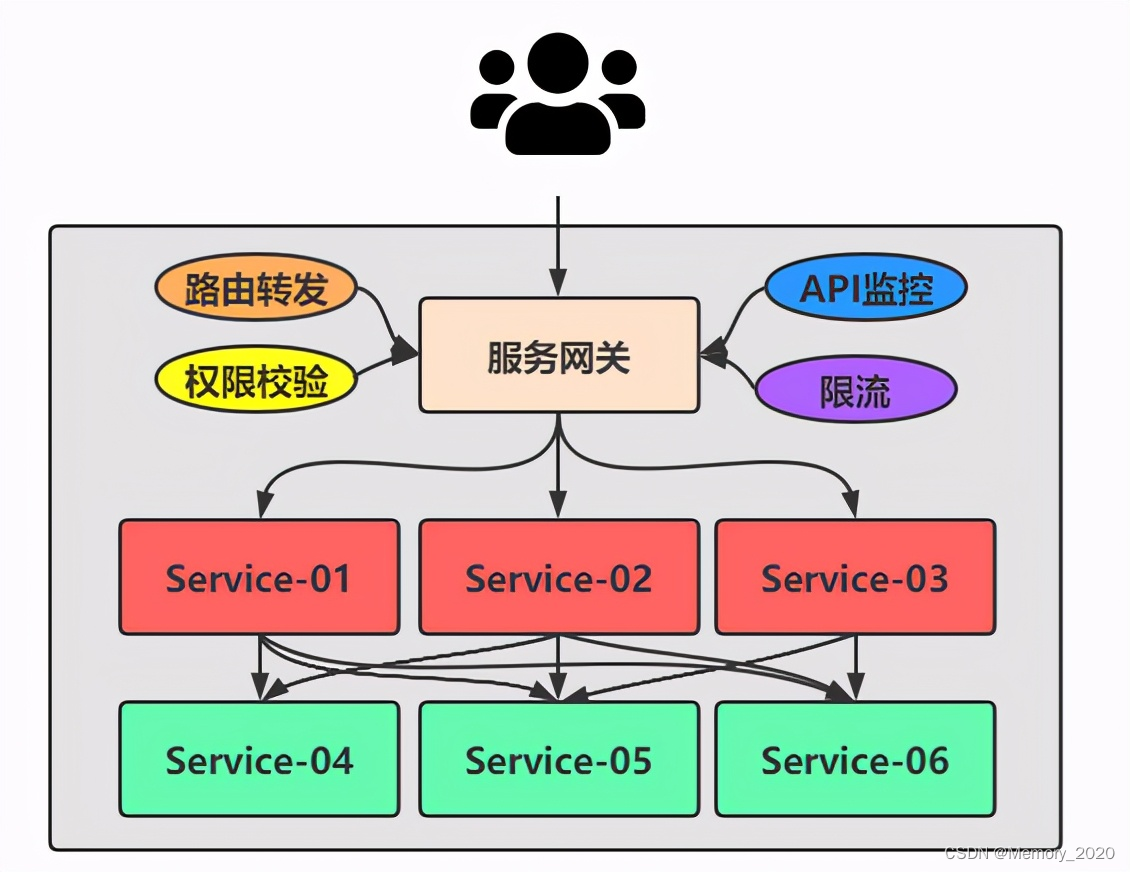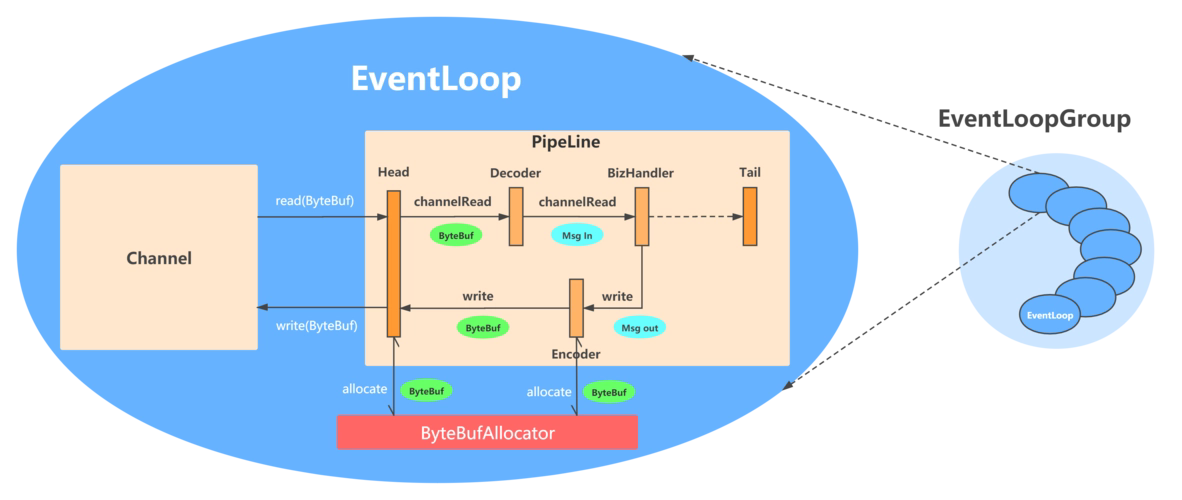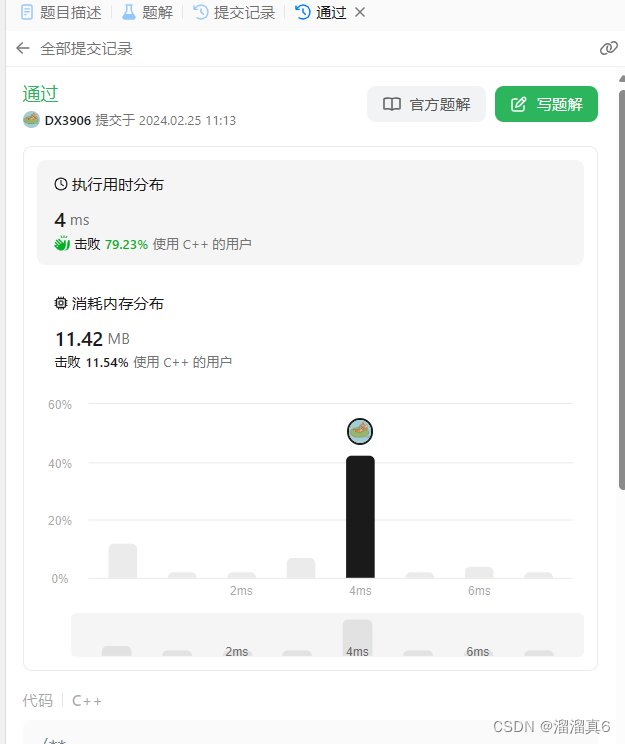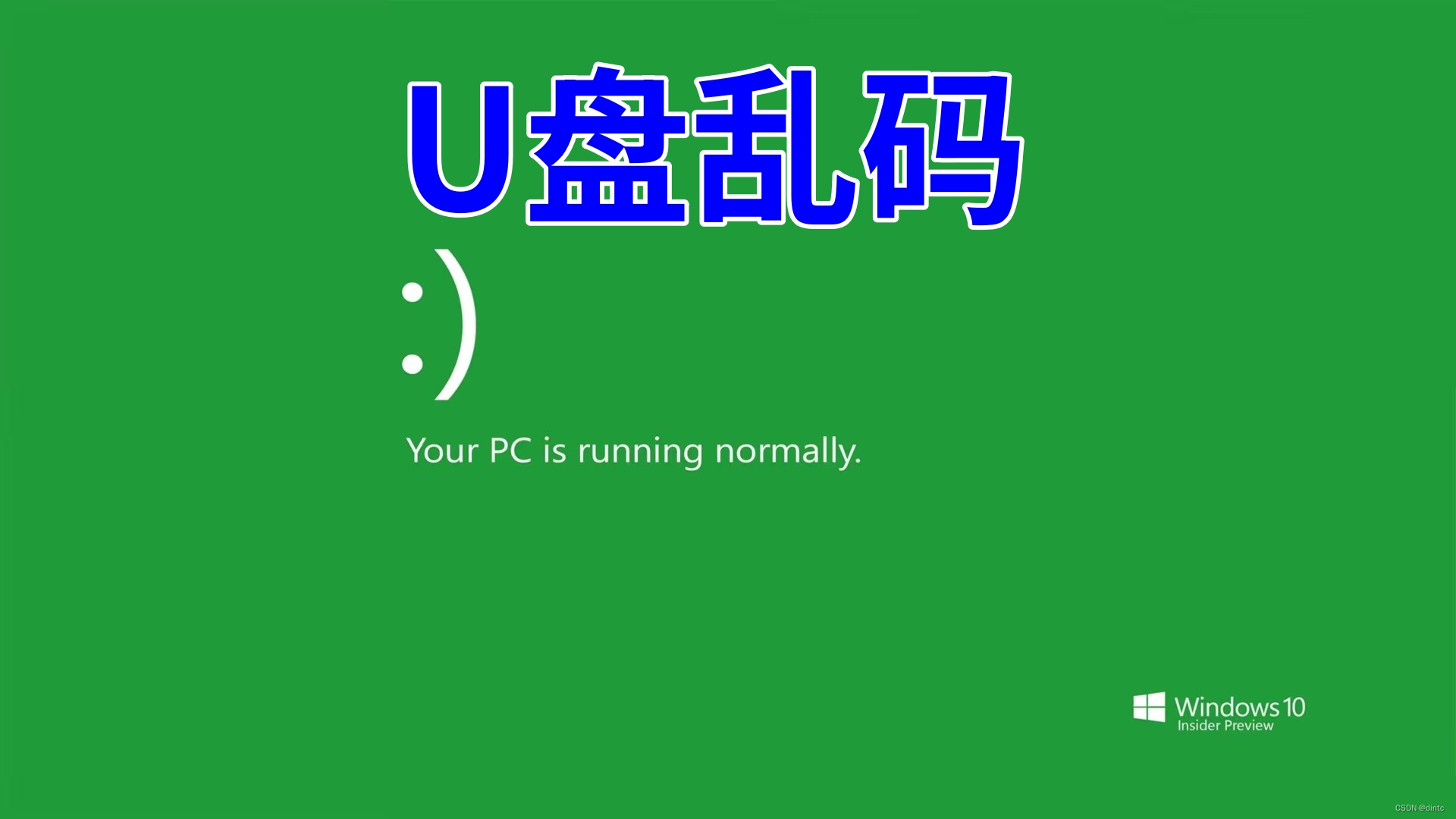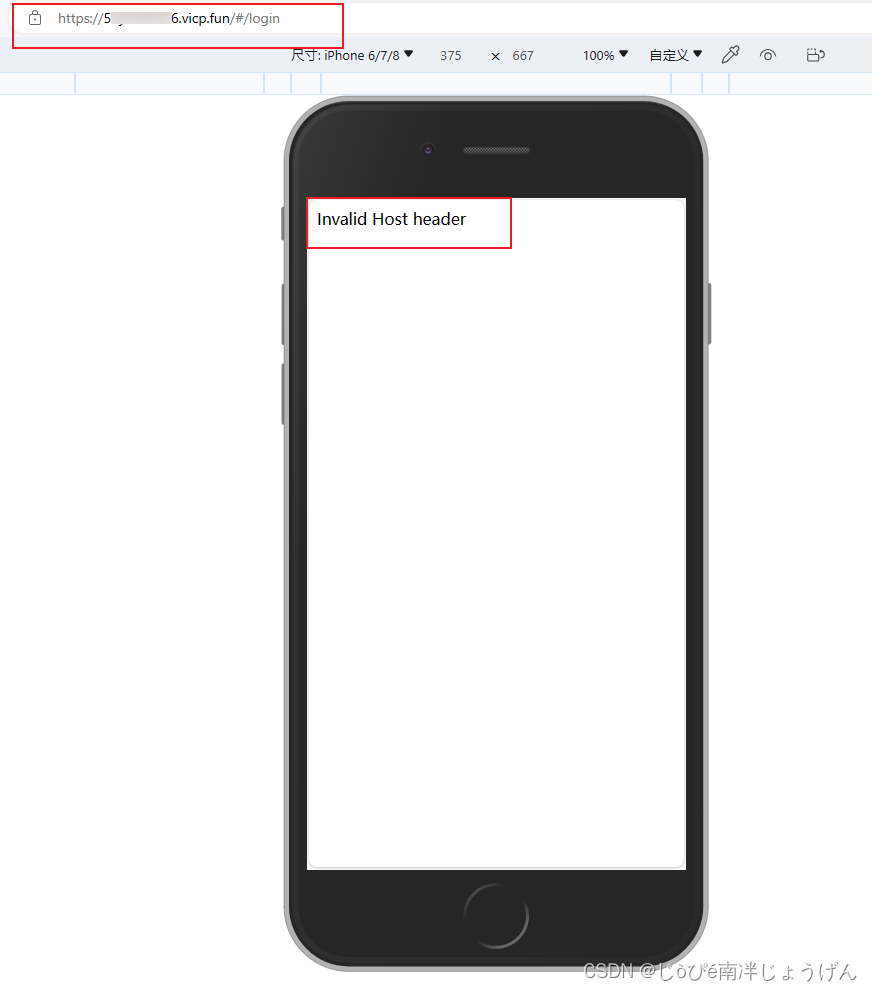What is IT-business alignment and why is it important? 什么是IT-业务一致性?为什么它很重要?
It’s more important than ever that IT and the business operate from the same playbook(剧本). So why do so many organizations struggle to achieve IT-business alignment?
现在比以往任何时候都更重要的是,IT和业务在同一个剧本中运作。那么,为什么如此多的组织努力实现IT业务一致性呢?
Like many leading IT executives, RJ Juliano doesn’t distinguish between technology objectives and business objectives but views them as one and the same.
与许多领先的IT高管一样,RJ Juliano并不区分技术目标和业务目标,而是将它们视为同一个目标。
“We need to be well past alignment(对齐) to where the objectives are unified and indistinguishable,” said Juliano, senior vice president and chief information and marketing officer at Parkway Corp., a parking garage operator and real estate developer in Philadelphia.
Parkway Corp.是费城的一家停车场运营商和房地产开发商,该公司高级副总裁兼首席信息和营销官Juliano说:“我们需要很好地保持一致,以实现统一和不可区分的目标。”
In Juliano’s experience, a combined IT-business approach builds stronger teams and promotes meaningful dialogue as well as delivers competitive advantages and long-term sustainability of the company and brand.
根据Juliano的经验,IT-业务相结合的方法可以建立更强大的团队,促进有意义的对话,并提供竞争优势以及公司和品牌的长期可持续性。
“The right relationship accelerates(加速) and enables the achievement of company goals, engages customers and employees, and drives innovation in both product and process,” he said, adding that separating technology from business outcomes typically does the opposite.
“正确的关系可以加速和实现公司目标,吸引客户和员工,并推动产品和流程的创新,”他说,并补充说,将技术与业务成果分离通常会起到相反的作用。
Sharon Stufflebeme, managing director in the technology consulting(咨询) practice at the consultancy Protiviti(Protiviti咨询公司), said the CIO’s role today is to anticipate(预期), influence and deliver on the company’s business strategy.
咨询公司Protiviti的技术咨询业务总经理Sharon Stufflebeme表示,CIO如今的角色是预测、影响并实现公司的业务战略。
.
“But CIOs can’t anticipate(预期), influence or deliver on things if they don’t know what those needs are,” she said. For that to happen, there needs to be IT-business alignment(对齐) throughout the organization.
“但如果首席信息官们不知道这些需求是什么,他们就无法预测、影响或交付产品,”她说。要做到这一点,需要在整个组织中实现IT-业务一致性。
What is IT-business alignment? 什么是IT-业务一致性?
Executives(高管), management consultants and researchers have long stressed the need for IT and the other business functions to align(排列) their priorities(优先事项) and strategies.
Information technology is no longer a supporting player within the enterprise but part of the main engine. Indeed, computer technology has driven business growth for decades, with the internet and digitalization(数字化) transforming both how people work and how they engage with organizations and each other. That makes IT-business alignment paramount to business success.
“It’s the assurance(保证) that the technology being delivered enables the business to succeed,” said Rebecca Gasser, CIO of Omnicom Health Group, of the benefits of IT-business alignment. “Some of this is foundational(基础的) like networks and infrastructure(基础设施), but a lot of this is the technology that provides a competitive advantage to the business,” she said.
高管、管理顾问和研究人员长期以来一直强调IT和其他业务功能需要协调其优先事项和战略。
信息技术不再是企业中的配角,而是主引擎的一部分。事实上,数十年来,计算机技术一直推动着企业的增长,互联网和数字化改变着人们的工作方式以及他们与组织和彼此的互动方式。这使得IT-业务一致性对于业务成功至关重要。
Omnicom Health Group首席信息官Rebecca Gasser在谈到IT业务整合的好处时表示:"这是一种保证,即所交付的技术能够使业务取得成功。她说:“其中一些是基础性的,如网络和基础设施,但大部分是为企业提供竞争优势的技术。”
IT-business alignment(对齐), although widely recognized as critical today, has not been the norm within most organizations until recent years, said Darren Topham, a senior research director at Gartner, a tech research and advisory firm.
技术研究和咨询公司高德纳(Gartner)的高级研究总监达伦·托普汉姆(Darren Topham)说,IT与业务的一致性虽然在今天被广泛认为是至关重要的,但直到最近几年才成为大多数组织的规范。
In its earliest decades, the IT department focused on delivering computing hardware, software and services as a utility. Under this paradigm(范式), technology was a tool that aided workers in their usual tasks, with reliability and uptime(正常运行时间) being the main measures of IT’s success, Topham said.
However, that paradigm evolved over the years, and in particular in the 21st century, as more technology executives teamed with their C-level and business colleagues to use technology to reengineer work, products and services.
在最初的几十年中,IT部门专注于提供作为实用工具的计算硬件、软件和服务。Topham说,在这种模式下,技术是帮助工人完成日常任务的工具,可靠性和正常运行时间是IT成功的主要衡量标准。
然而,随着时间的推移,尤其是在21世纪,随着越来越多的技术高管与他们的C级和业务同事合作,使用技术来重新设计工作、产品和服务,这种模式发生了变化。
This led to a slew of disruption(破坏), as startups(初创公司) introduced entirely new business models and as legacy companies transformed their own processes and market offerings.
CIOs and their IT teams must still deliver utilitarian(功利的) technology services, Topham said. But they must also now have the capacity(容量) to strategize how technology can shape what the enterprise offers for products and services as well as how it delivers those offerings.
“This is where alignment(对齐) is manifested(显化/表现),” he explained. “It’s where everyone from both sides is bringing something to the table for communal (公社的/公共的)benefits. There’s no ‘them’ and ‘us.’”
Topham added: “The ultimate expression for this is the term digital business.”
这导致了一系列的破坏,因为创业公司引入了全新的商业模式,而传统公司也改变了自己的流程和市场产品。
首席信息官和他们的IT团队仍然必须提供实用的技术服务,托普汉姆说。但他们现在还必须有能力对技术如何影响企业提供的产品和服务以及如何提供这些产品和服务进行战略规划。
他解释说:“这是对齐的表现。”“这是每个人都从双方带来的东西表为公共利益。没有"他们"和"我们"”
托普汉姆补充道:“这一点的终极表达方式是数字化业务。”
Why is IT business alignment important? 为什么IT业务一致性很重要?
IT-business alignment ensures that the IT organization and business units are working together and moving in the same direction at the required speed.
IT-业务一致性确保IT组织和业务部门一起工作,并以所需的速度朝着同一方向前进。
Technology can be exciting, but oftentimes(往往) it is expensive and not as fit for purpose as originally hoped. By partnering and being aligned, the business and the technology team can ensure the ROI is present, it is supported and it is the right fit for the business," Gasser said.
技术可能令人兴奋,但往往是昂贵的,并不适合作为最初希望的目的。通过合作与协调,业务与技术团队可以确保实现ROI,确保ROI得到支持,“加塞说。
Surveys and studies back up the importance of IT-business alignment(对齐/一致).
调查和研究支持IT-业务一致性的重要性。
According to the Gartner report “The CIO’s Role in Preparing for Digital Business Acceleration(加速),” more than 70% of senior leaders “recognize digital technology as integral to revenue achievement, product development, customer engagement and advancing strategic operational processes.”
根据Gartner的报告《首席信息官在加速数字化业务中的角色》,超过70%的高级领导者"认识到数字化技术对于实现收入、产品开发、客户参与和推进战略运营流程不可或缺。"
In its “2021 Evolution of CIO Responsibilities(职责) Survey,” Gartner noted that 83% of responding CIOs said they “increasingly work on enterprise-level initiatives(主动行动) beyond their traditional IT delivery executive roles.”
在其“2021年首席信息官职责演变调查”中,Gartner指出,83%的受访首席信息官表示,他们“越来越多地参与企业级计划,超越了传统的IT交付执行角色。”
Meanwhile, “IT’s changing mandate in an age of disruption,” a 2021 report from The Economist Intelligence Unit based on a survey of more than 1,000 IT decision-makers and senior business executives高级业务主管, found that 83% believe adapting to external change requires moderate-to-considerable IT infrastructure and apps improvement.
与此同时,《经济学人智库》2021年发布的一份报告《IT在颠覆性时代不断变化的任务》(基于对1,000多名IT决策者和高级业务主管的调查)发现,83%的受访者认为,要适应外部变化,需要对IT基础设施和应用程序进行适度到相当程度的改进。
“IT has to serve every business function as technology has now become pervasive(普遍的),” said Protiviti’s Stufflebeme. IT-business alignment(一致性) helps ensure that the organization gets the right technology at the right time so it can meet its key performance indicators and reach its business transformation goals and objectives – whether those are improving customer service or developing new revenue streams.
Protiviti的Stufflebeme表示:“随着技术的普及,IT必须服务于每一项业务功能。IT-业务一致性有助于确保组织在正确的时间获得正确的技术,以便能够满足其关键绩效指标,并实现其业务转型目标和目的-无论是改进客户服务还是开发新的收入来源。
Stufflebeme said the lack of IT-business alignment creates significant barriers to market success for organizations.
Stufflebeme说,缺乏IT业务的一致性,为组织创造了市场成功的重大障碍。
“When alignment is missing, the technology might work but it might not deliver an outcome the business needs,” she said. “You have solutions that end up being bridges to nowhere, you have business problems that aren’t properly solved, or you have business initiatives – whether it’s a cost saving or efficiency improving [program] – that aren’t properly executed.”
“当缺乏一致性时,技术可能会工作,但它可能不会提供业务需要的结果,”她说。“您的解决方案最终没有起到任何作用,您的业务问题没有得到适当的解决,或者您的业务计划——无论是节约成本还是提高效率改进【程序】——没有被正确执行。”

The alignment of IT and business brings many benefits, but challenges abound.
IT和业务的一致性带来了许多好处,但挑战也很多。
What are the benefits of IT-business alignment? IT-业务一致性的好处是什么?
Experts cited the following benefits that come with having the IT department aligned with the business functions:
It reduces digital friction because IT is able to deliver technology that is easier for workers, customers and partners to use. “This has a huge impact on an organization’s achievement of objectives and productivity,” Topham noted.
Customer engagement, cost reduction and productivity improve.
Organizations gain more visibility into pain points in both business processes and the technology that supports them.
It fuels innovation, as teams are better able to identify problems and opportunities that can be addressed through the use of technology. “You’re getting to the concept of co-creation, and that creates more value for the organization,” Stufflebeme said.
It results in faster delivery times and improves speed to market due to increased collaboration and innovation.
It increases ability to deliver technology that drives business strategy and goals.
It provides a competitive advantage in the marketplace.
Jo Ann Saitta
IT-business alignment allows an organization to have an edge, said Jo Ann Saitta, managing director, EY Business Transformation Consulting, Health Sciences. “It allows [the enterprise] to stay current or even ahead of the curve.”
专家列举了IT部门与业务职能保持一致带来的以下好处:
它减少了数字摩擦,因为IT能够提供更易于员工、客户和合作伙伴使用的技术。“这对一个组织的目标和生产力的实现有着巨大的影响,”托普汉姆指出。
客户参与、降低成本和提高生产力。
组织对业务流程和支持这些流程的技术中的痛点获得了更多的可见性。
它促进创新,因为团队能够更好地识别可以通过使用技术来解决的问题和机会。
Stufflebeme说:“你正在了解共同创造的概念,这为组织创造了更多的价值。”
由于加强了协作和创新,它加快了交付时间,并提高了上市速度。
它提高了交付推动业务战略和目标的技术的能力。
它提供了在市场上的竞争优势。
安永健康科学业务转型咨询部董事总经理Jo Ann Saitta表示,IT-业务整合可让企业拥有优势。“它允许(企业)保持在当前甚至领先的曲线。”
What are the challenges of IT business alignment? IT业务一致性的挑战是什么?
Despite the criticality of having a strategic alignment between IT and the business functions, Stufflebeme said plenty of organizations still struggle to do that.
Stufflebeme说,尽管IT和业务职能之间的战略一致性至关重要,但许多组织仍然在努力做到这一点。
She and others cited a number of obstacles(障碍) and challenges that executives and their teams face on this front, including the following:
她和其他人列举了高管及其团队在这方面面临的一些障碍和挑战,包括以下几点:
lack of trust and credibility between IT and business leaders: “The biggest challenges are having a CIO who pursues and creates unity [between IT and the business] and having a corporate culture that also expects and fosters that unity,” Juliano said;
reluctance by IT or the business to cede control or invite input into one’s respective functional domains: Some CIOs still have a command-and-control approach, while some organizations still have a culture that views technology as only the realm of IT, Topham explained, adding that both mentalities need to change to achieve alignment;
lack of business acumen within the IT department;
lack of technology knowledge throughout the business functions;
inability of IT to understand how technology initiatives can support business goals;
inability of IT to communicate how technology initiatives can support business goals; and
inability of IT to calculate the financial impacts (costs and ROIs) of technology initiatives.
IT和业务领导者之间缺乏信任和信誉:Juliano说:“最大的挑战是拥有一个追求和创造(IT和业务之间)团结的CIO,并拥有一种期望和促进这种团结的企业文化;”
IT或业务不愿放弃控制或邀请输入到各自的功能领域:一些首席信息官仍然有一个命令和控制的方法,而一些组织仍然有一种文化,认为技术只是IT领域,Topham解释说,补充说,这两种心态需要改变,以实现一致性;
IT部门缺乏业务敏锐度;
整个业务职能部门缺乏技术知识;
IT无法理解技术计划如何支持业务目标;
IT无法传达技术计划如何支持业务目标;以及
IT无法计算技术计划的财务影响(成本和ROI)。
IT business alignment best practices IT业务协调最佳实践
o overcome such challenges, experts offered the following best practices:
为了克服这些挑战,专家们提供了以下最佳做法:
Create shared accountability(有责任) and shared value realization between IT and the business. “This can no longer sit just on the shoulders of the CIO,” Topham said, adding that CIOs should train functional executives to manage their own technology portfolio to support shared accountability.
In addition to becoming good communicators, develop good listening skills. “It helps you understand what the current state is and what would look great in a future state,” Saitta said.
Embed technologists within the business units and have IT workers engage directly with their business unit counterparts by attending meetings and adopting Agile and DevOps practices that promote collaboration. “Then technology becomes a natural part of the business,” Saitta said.
Create incentives for employees throughout the organization to work toward IT-business unit collaboration.
**在IT和业务部门之间建立共同的责任和共同的价值实现。**Topham说:“这不再仅仅是首席信息官的责任。”他还补充道,首席信息官们应该培训职能管理人员来管理他们自己的技术组合,以支持共同的责任。
除了成为良好的沟通者,培养良好的倾听技巧。“它可以帮助你了解当前的状态是什么,以及在未来的状态中什么会看起来很棒,”Saitta说。
在业务部门中嵌入技术人员,通过参加会议和采用促进协作的敏捷和DevOps实践,让IT工作者与业务部门的同行直接接触。“那么技术就会自然而然地成为企业的一部分,”赛塔说。
为整个组织的员工提供激励措施,以促进IT业务部门的协作。
Such practices, Juliano said, can eliminate any gaps between IT and its business counterparts and help the organization reach a place where the two are – in his words – “unified and indistinguishable.”
All important goals are shared goals, he underscored, adding that the joint collaboration between IT and the business must go beyond just buy-in to common goals to include joint accountability for the results.
Juliano说,这样的实践可以消除IT和其业务伙伴之间的任何差距,并帮助组织达到一个地方,这两个地方——用他的话说——“统一和不可区分的。”
他强调,所有重要的目标都是共享的目标,并补充说,IT和业务部门之间的联合协作必须超越仅仅接受共同的目标,还要包括对结果的联合责任。






![[算法沉淀记录] 排序算法 —— 冒泡排序](https://img-blog.csdnimg.cn/direct/9b01a18b50a44b08ad45fd9937b9e0fc.png)



![[嵌入式系统-33]:RT-Thread -18- 新手指南:三种不同的版本、三阶段学习路径](https://img-blog.csdnimg.cn/direct/8f13e2ae00a346afaf1720ea4c921455.png)
